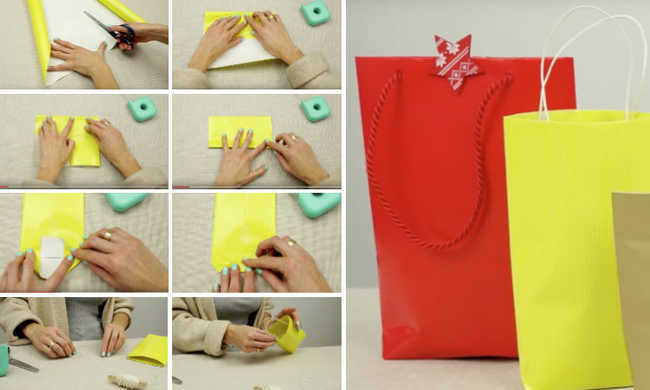How to make compost at home: a step by step
Do you have a domestic composter? Ask your questions about how to make compost with earthworms

How to make compost? This is one of the first questions that come to mind when thinking about purchasing a home composter.
- Home composting: how to do it and benefits
How to make compost at home
To learn how to make compost, it is necessary to understand that it is not a practice based only on taking organic waste to the domestic composter... Some variables need to be controlled in the internal environment of the boxes, such as temperature, humidity and pH. And it's always necessary to see if the little worms are okay. But this is all very easy to do.
Do you want to answer your questions about how to make compost using a domestic composter? So check out the five steps needed to start composting at home, taking into account all the essentials:
Step 1: Choosing the right place
The composter must be kept in an airy place. You must be careful that it is not exposed to the sun, rain and wind.
Step 2: Set up the "bed" of the worms
Line the bottom of the two digestion boxes with earthworm humus.
- How to raise Californian compost worms
Step 3: Feed the worms
To feed the worms it is not necessary to feed fresh food. You can give them dried leaves, coffee grounds, banana skins and other foods like potatoes, cassava, apples and other non-citrus and spicy vegetables - all in small pieces.
- How to feed the worms in the compost bin?
Step 4: Introduction of waste
Place the organic waste piled up in a corner of the compost bin (not scattered around the box) and cover them completely with sawdust - in addition to sawdust, you can use grass, leaves and straw as dry matter, which provide a balance in the carbon/nitrogen ratio in the domestic composting. But don't put very thick sheets that make it impossible for the air to pass through, because that way you'll avoid oxygenating the environment and the worms will end up dying.
- Guide: how is composting done?
Step 5: Final product
To collect the humus - the compost product - place the full compost bin in daylight, so that the worms can hide. As earthworms are photosensitive, this technique facilitates the removal of humus. Remove until leaving two or three fingers of earth to serve as a "bed" for the worms again. This compost is used as an organic fertilizer, as it is a great source of nutrients and stabilized organic matter, and can recover degraded soils.- Humus: what it is and what are its functions for the soil
To remove the liquid slurry that is in the last box below, just open the faucet so that it falls into the container that you will use to store it. If dissolved in some water you can spray it on plant leaves to ward off unwanted insects (but beware of bees, they are important). This method should be used at night or when the sun is low, as in contact with the slurry, sunlight can burn the leaves.
If dissolved in ten parts of water, the slurry can be used as a natural fertilizer.
Did you like the walkthrough on domestic composting and want to know more about this practice? So take a look at the article: "What is compost and how to make it".Compost bins are easily found. See in our store which is the most suitable for your home.










